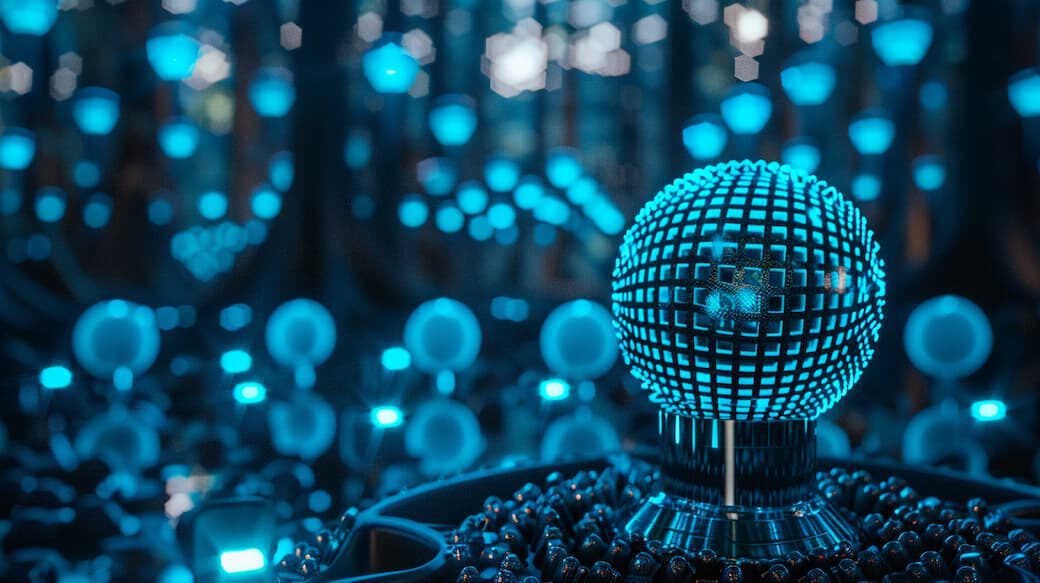
Surround microphone: The mic for immersive cinema sound
Content
In a world where sound plays a crucial role, the surround microphone is an indispensable tool for capturing and reproducing immersive surround sound.
In this article, we look at surround sound and, specifically, the surround microphone. You will gain valuable insights into the topic of surround sound recording, tips for creating an optimal setting to record surround sound, and find out which microphone types are best suited for this.
What is surround sound?
Surround sound is an audio technology that makes it possible to reproduce sounds from different directions to create immersive audio that feels natural and spatial. Multiple speaker positions are used to create a three-dimensional sound field.
Surround sound systems can be in different formats such as 5.1, 7.1 or even 9.1, with the numbers indicating the number of main speakers and subwoofers. These systems offer an immersive sound experience that puts the listener right in the middle of the action.
Take a look at Advanced Techniques in 360 Sound Recording.
Importance of surround sound in different industries
A basic understanding of surround sound is crucial for sound design in various fields, from film production to the music industry.
Movie

Surround sound plays a crucial role in the movie world as it creates a more immersive experience for the audience. By using multiple speaker positions, sounds and effects can be placed to draw the viewer into the middle of the action. The result is a realistic soundscape that deepens the movie experience and enhances the emotional impact, much like in live concerts .
Music
Surround sound is also important in music production. It enables an authentic listening experience by allowing vocals, instruments and other sound elements to be placed in a three-dimensional space. This creates a realistic sound environment that gives the listener the feeling of being directly in the studio or at a live concert.
Gaming
However, games are also a possibility and, with the right audio interface, an immersive gaming experience can usually be created. Special soundbars or surround headsets are used for this. With mono, you can get surprisingly far with game engines. Often no more than one microphone is used. Surround microphones can capture the sound spatially for ambiences or movie scenes, for example.
Different types of surround sound
There are different formats of surround sound, including 5.1 Surround, 7.1 Surround and Dolby Atmos. Each of these technologies offers a unique soundscape and can be customized depending on the requirements of the recording.
Unlike 3D audio, which also takes into account the vertical dimension of sound, these surround sound formats focus mainly on the horizontal distribution of audio signals. The choice of format often depends on the specific requirements and available resources.
Difference between surround sound and 3D audio

The difference between surround sound and 3D audio lies in their respective capture and reproduction of sounds.
Surround sound describes a system that reproduces sounds from different directions around the listener, usually in a circular pattern of speakers arranged around a central listening area. This system is often used in cinemas and home theater systems to create an immersive sound experience. The most common option is probably a rectangular arrangement of speakers.
In contrast, 3D audio offers an even more immersive experience by positioning sound sources not only horizontally but also vertically (in the shape of a sphere, so to speak, as opposed to the two-dimensional circle of surround sound). This enables a more precise localization of sounds and creates a more realistic sound field that comes closer to natural hearing.
This precision is achieved through the use of rear microphones and miniature pressure transducers strategically placed to capture sound from all directions.
What role does Dolby Atmos play?
Dolby Atmos is a leading format for 3D audio used in movie theaters, home theater systems and even mobile devices. It enables the precise positioning of sounds in three-dimensional space, providing an immersive sound experience. By introducing object-based audio, Dolby Atmos has set new standards and expanded the possibilities for creating immersive soundscapes.
Unlike traditional channel-based surround sound, Dolby Atmos offers three-dimensional sound reproduction, where sounds can come not only from around the listener, but also from above. This is achieved through the use of ceiling speakers or object-based audio rendering algorithms.
Nevertheless, all surround sound formats are historically tied to loudspeakers or a number of channels. The so-called bed in Dolby Atmos is therefore still channel-based and maps a 7.1.2 channel number. The 2 stands for height information. With AC-4 – as the Dolby Atmos “format” is actually called – additional audio objects are combined.
This is the solution for a microphone arrangement that represents a combination of somewhat unusual settings during recording.
As Dolby Atmos-enabled playback devices such as soundbars, AV receivers and headphones become more widespread, it is expected that this technology will continue to grow in importance and have a significant impact on the future of surround sound.
Dolby Atmos podcast fails for immersive audio books.
What are typical sonic differences with Atmos?
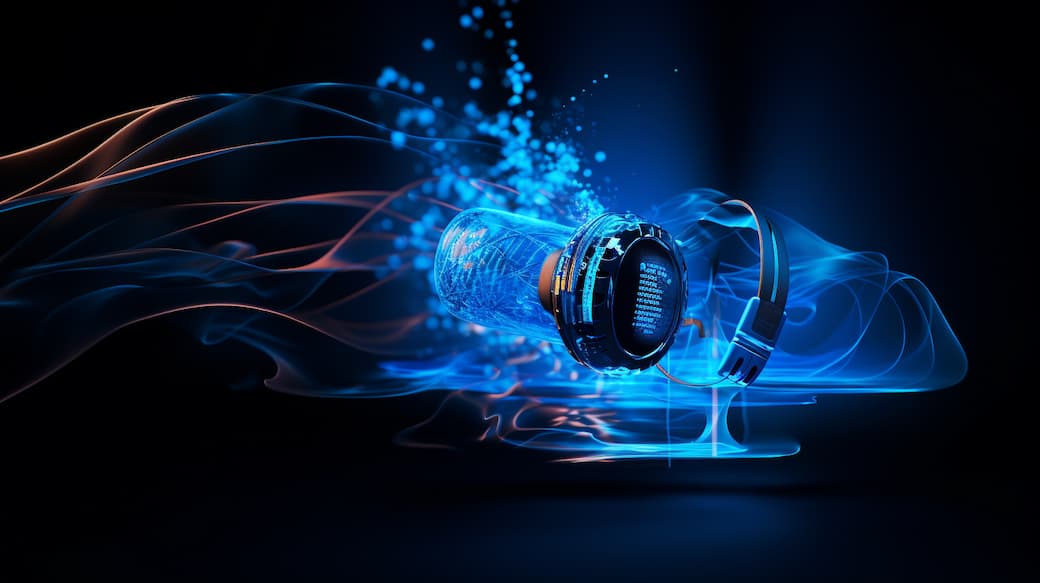
The sonic differences with Dolby Atmos lie primarily in the precision and spatiality of the playback. In relation to a recorder, however, the number of microphone inputs and the distance of the audio objects also play a role.
Compared to conventional surround sound, Dolby Atmos allows a more precise localization of sounds and a more realistic reproduction of atmospheres and effects. You are also independent of the speaker playback configuration and can adapt the format more flexibly for your purposes.
In addition, Dolby Atmos enables precise reproduction of height information, resulting in an even more impressive sound experience. This type of surround sound is also known as envelopment.
Dolby Atmos achieves this by employing advanced algorithms for external signal processing, which are carefully curated and fine-tuned by sound designers to optimize the spatial representation of audio. The channel separation and large dynamic range of Dolby Atmos ensure that each sound is accurately reproduced, while portable rich audio interfaces and USB microphones make it accessible across various platforms and devices, including Mac OS.
Recording Atmos: General information
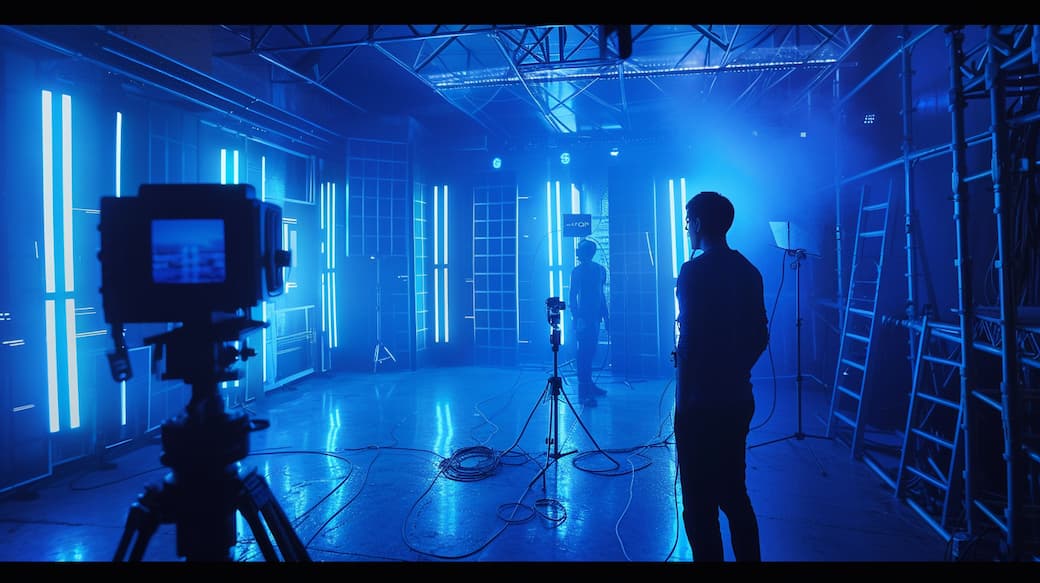
Recording Dolby Atmos requires special microphones and recording techniques to accurately capture the three-dimensional soundscape. Surround microphones play a crucial role here, as they enable the precise capture of sounds from different directions.
These microphones, often mounted on a sturdy microphone stand to minimize mechanical noise, are strategically placed to capture the surround atmosphere of the environment.
In addition, several microphones are often used simultaneously to achieve an even more precise localization of sounds. There is no one polar pattern that is always recommended. Nevertheless, cardioid polar patterns are popular, but omnidirectional patterns or a mixture of the two are also conceivable.
A directional microphone is rarely seen or heard on location when recording sound.
Which microphones are suitable for Atmos recordings?
The choice of microphone type and arrangement depends heavily on the specific requirements of the recording and the external conditions. It is important to find the right balance between the precision of the sound recording and the flexibility in post-production to achieve the best possible result.
Atmo sounds are characterized by their natural spatiality and dynamic sound palette. They capture the sound atmosphere of a specific location or environment and create an authentic listening experience that puts the listener right in the middle of the action.
Condenser microphones are often used for Atmos recordings as they offer high sensitivity and a wide frequency response. These microphones capture the finest sound details and deliver clear and precise recording quality. In addition, omnidirectional and cardioid are popular choices as they offer good directionality and low sensitivity to background noise.
To ensure a fully enveloping experience, each microphone captures individual tracks, allowing for separate tracks in post-production processing to achieve the desired stereo effect with low distortion for a real-life atmosphere.
Creating the right 5.1 audio – how does it work?
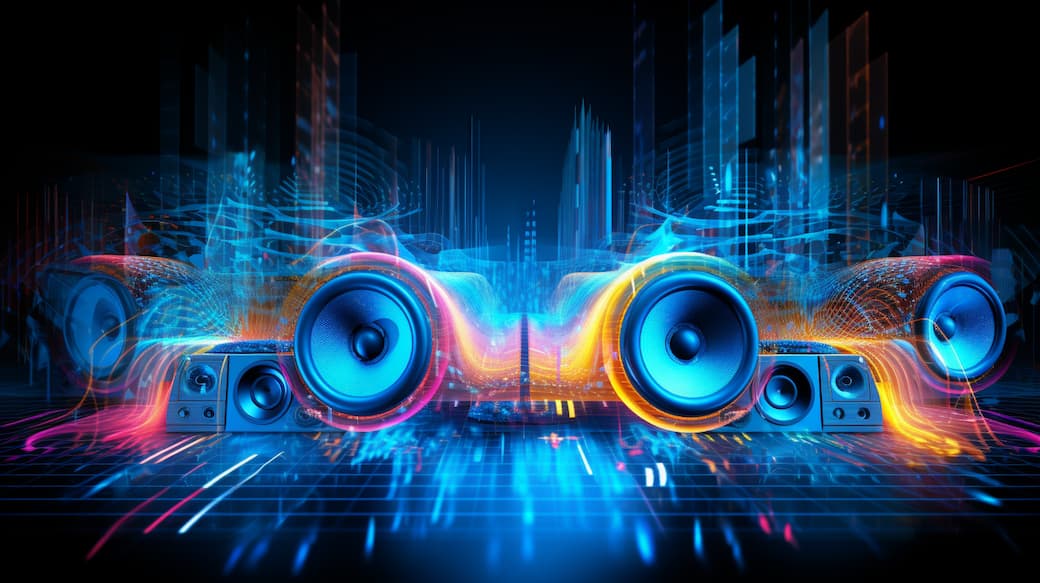
Creating a surround sound system requires careful planning and coordination of all components. The settings of loudspeakers can also be transferred to the choice of microphone.
-
Selecting the speakers: First of all, the right speakers must be selected and positioned in the room accordingly. For a 5.1 system, this means using five main speakers (front left, front right, center, surround left, surround right) and a subwoofer. The placement of the speakers is crucial for creating an even and balanced sound field that surrounds the listener. When selecting speakers, attention should be paid to their characteristics such as sound quality, impedance and power to ensure that they work optimally with the amplifier and other components of the system. It is also important to consider the room in which the system will be installed to minimize potential problems such as reflections and resonances.
-
Placement of the speakers: This is done according to the standards for 5.1 systems, where the front speakers should be aligned approximately at the listener’s ear level and the center speaker should be placed below or above the screen. The surround speakers should ideally be positioned to the side or slightly behind the listener to create an enveloping sound experience. The subwoofer should be strategically placed in the room to ensure an even bass response. This can be achieved by trying out different locations and fine-tuning the bass levels.
-
Calibrating and configuring the system: You need to ensure that all speakers work together optimally and deliver a consistent sound image. This includes setting levels, phases and distances for each speaker and adjusting the crossover frequencies for the subwoofer.
By carefully performing these steps, high-quality 5.1 audio can be created that provides an immersive sound experience for movies, music and video games.
Solutions – the ultimate surround sound system
The leading surround solutions on the market include the DPA 5006A surround set. This set consists of high-quality condenser microphones, which saves you from having to use many types of microphones at the same time, as all capsules are built into one body without any additional accessories.
Learn about Dynamic head tracking.
With their wide frequency response and excellent directionality, these microphones are ideal for capturing surround sound. They also offer robust construction and ease of use, making them a popular choice for professional sound recording.
Subscribe to my newsletter and receive valuable tips and tools about surround sound
The future of surround microphones
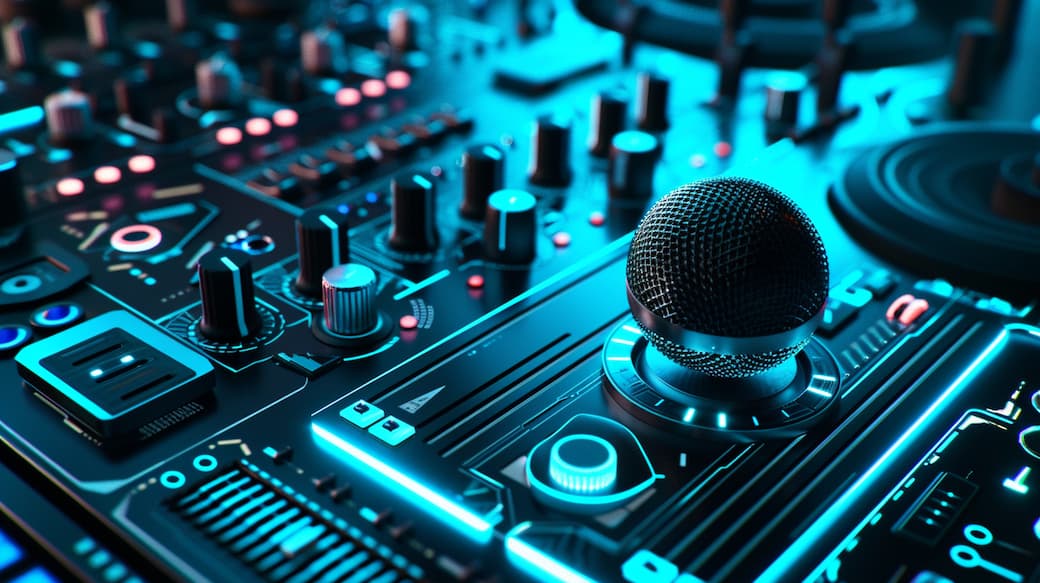
Despite these challenges, the future outlook for surround microphones is promising. With the increasing spread of immersive media, the demand for high-quality audio recordings will continue to grow.
The integration of surround microphones into new formats and applications will continue to play an important role in the future. With the development of VR and AR technologies, the demand for high-quality 3D audio recordings will continue to increase, opening up new opportunities for the use of surround microphones.
At least that’s what most people think. But I’m still pretty much a denier of the idea that you can get very far with a stereo microphone or even mono. Especially in the world of spatial computers, discussions about weight, batteries, distortion, phantom power etc. are becoming increasingly obsolete.
New developments in microphone technology will help to further improve the performance and versatility of surround microphones, leading to even more realistic and impressive audio experiences. However, it is still important to consider the sources of interference when recording, regardless of the type of microphone. A microphone usually hears everything, regardless of the type.
Final thoughts
Overall, surround microphones play a crucial role in the recording and reproduction of surround sound and Dolby Atmos. They enable precise localization of sounds in the room, creating an immersive and impressive sound experience.
However, this channel-based surround type is increasingly being replaced by a microphone array that can also be used horizontally. This makes the audio clips you collect with your recorder even more immersive.
With the right equipment and recording techniques, sound technicians and audio engineers can create breathtaking surround recordings that transport the audience into a world of sound and atmosphere.
Related Articles
360 Microphone for 3D Audio Recording in VR
360 Production Sound - Creative Thoughts planning VR Audio
Ambisonic for Virtual Reality and 360° Soundfield
Dolby Atmos Music - What is this 3D sound experience in detail?
Soundbar with spatial audio - more than 3D sound and Dolby Surround